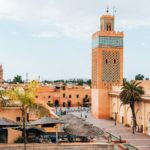Milan Cathedral
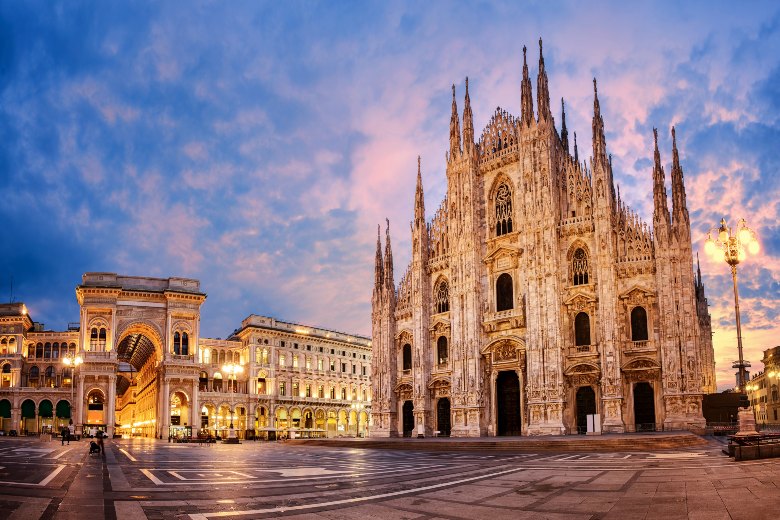
With its sublime architecture and over 600 years of construction, Milan Cathedral is one of the most monumental buildings in the world. Construction on the cathedral began in 1386 but was not completed until 1965.
It is located in the center of Milan at Piazza del Duomo. There are countless towers, statues, and decorations on the cathedral’s front façade, which features an Italian Gothic style.
As with the exterior, the interior features some beautiful stained glass windows filled with vibrant colors, as well as a wonderful display of artwork and statues between the central columns. It is impossible to visit Milan without stepping inside its massive doors, which are the focal point of the city.
Church of Santa Maria delle Grazie
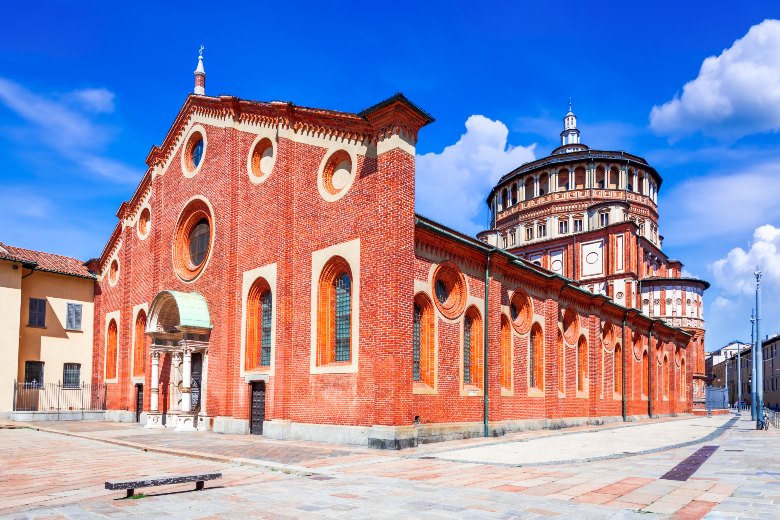
This church, built in 1497 and featuring a Gothic style and a large rear basilica, might not be one of the most well-known exteriors, but it has a certain charm and grace to it. It is located opposite the Duomo on the Corso Magenta. There is a masterpiece by Leonardo di Vinci inside the building – The Last Supper.
The mural depicts the Last Supper as it is described in the Bible, and is hailed as one of the most sublime pieces of artwork. There have been countless analyses and interpretations of this piece of artwork over the years. This iconic depiction is full of detail and significance, so don’t miss seeing it.
Grand Galleria Vittorio Emanuele II
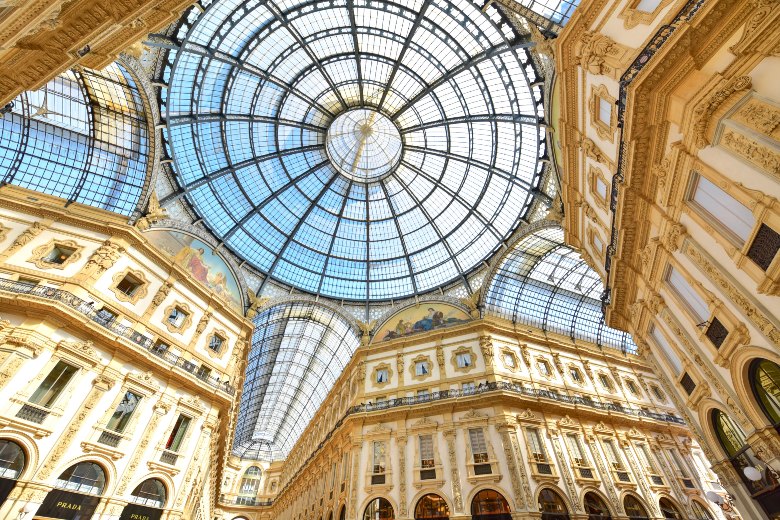
It might look like you are standing in the entrance hall of an opera house or palace when you enter the Grand Gallery. Galleria is essentially an opulent indoor shopping complex that is extremely opulent and luxurious. A shopping mall designed by Guiseppe Mengoni, it was built in 1877.
Its cross-shaped design includes four glass paneled arms that let in plenty of sunlight, while its walls and shop fronts are decorated with stucco artwork and ornate paneling. Prada, Versace, and Luis Vuitton are among the high-end designer shops in this mall. If you are looking for a bargain, do not go here.
Castello Sforzesco
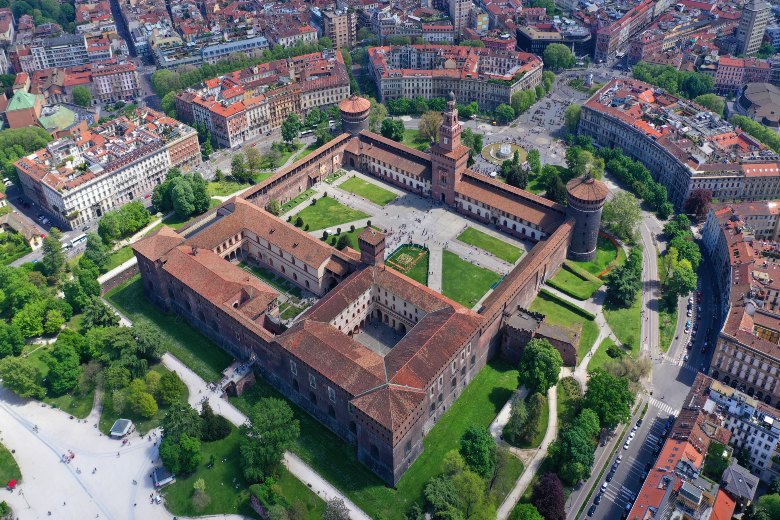
Extensive grounds and gardens surround this 15th-century castle in Milan. Incorporating many changes since its creation in 1370, the original design still retains its elegance and status.
There is an enormous brick wall framed by a guard tower and lined with battlements at the front of the castle. It’s hard to believe how big the castle is as soon as you walk into the courtyard. You’ll be amazed by the huge guard towers.
In addition to the castle itself, there are a number of small museums and collections that contain artifacts and historical information about Milan and the castle.
Pinacoteca di Brera
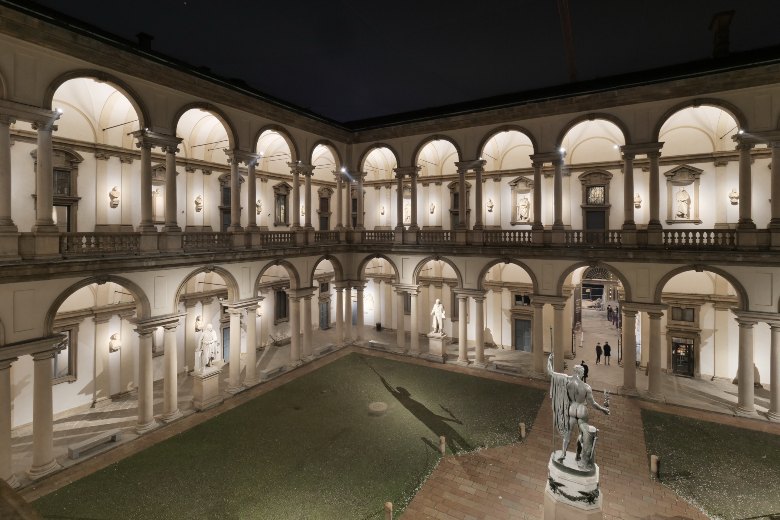
A large collection of Italian art is displayed in the Pinacoteca, which is housed in the Palazzo Brera. Prior to its conversion into a museum, the palace served as a convent and a national library.
The gallery houses work by Raphael, Bellini, Rubens, and Correggio, including the Marriage of the Virgin and Pieta. The Pinacoteca di Brera is conveniently located near both the Sforzesco Castle and the Piazza del Duomo.
Sant Ambrogio
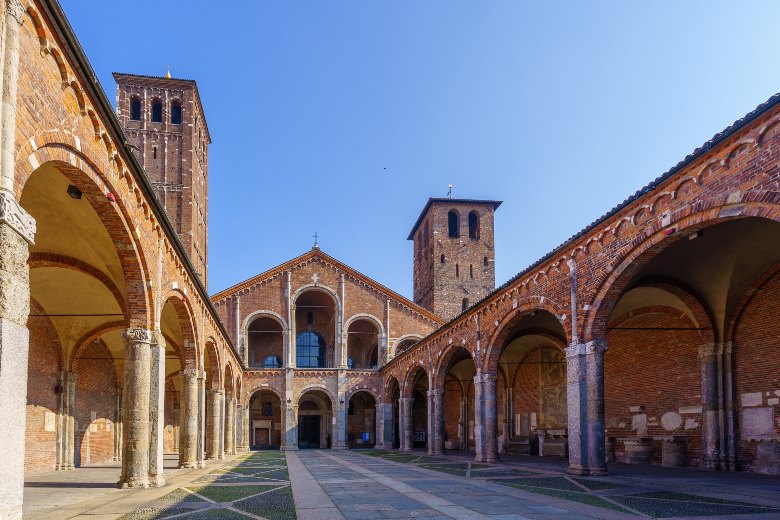
St. Ambrose founded this ancient building in 379 AD, making it one of Milan’s oldest. This church is characterized by simple Romanesque design and hasn’t changed much since its construction. It served as the focal point for local residents and the city of Milan was built around it.
There are two towers framing the front façade, along with an ornate archway framing the central courtyard.
There are some beautiful mosaics and artwork inside the church due to its age, including the ceiling of the oratory and a beautiful depiction of Christ on one of the domes. Milan’s history and religious significance can be appreciated through a visit to this church.
Leonardo da Vinci National Museum of Science and Technology
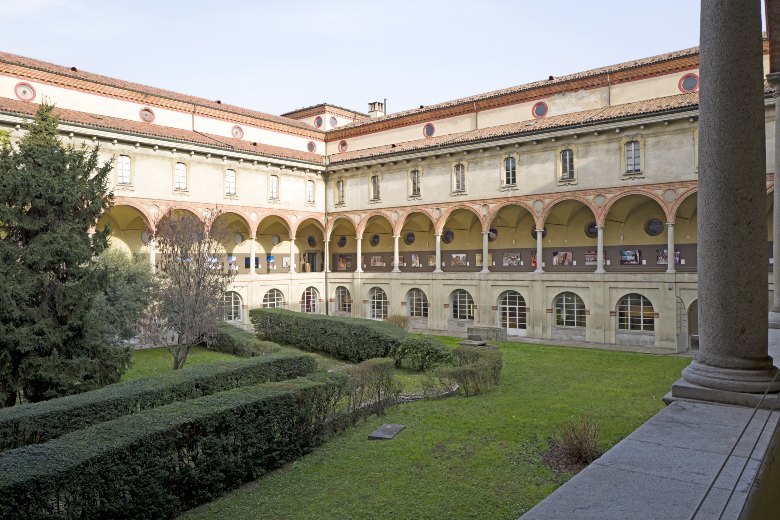
Besides being an artist, Leonardo da Vinci was a true visionary, inventor, and scholar, as well as a true genius. It is only fitting that a museum named after him should display many of his works as well as other important displays of science and technology.
There are many da Vinci-inspired model cars in this museum, as well as reconstructions of da Vinci’s flying machines, and an array of his drawings and blueprints.
The museum also contains a number of important scientific inventions and breakthroughs that changed the world, as well as works by the man himself.
Piazza dei Mercanti
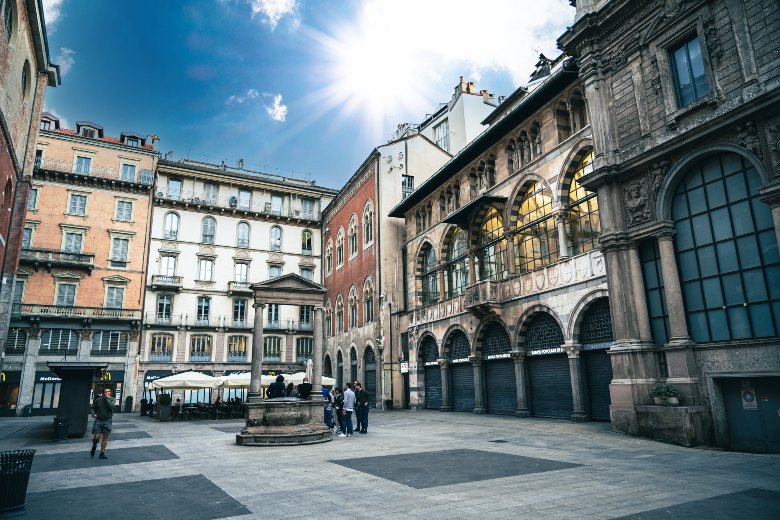
Piazza dei Mercanti served as Milan’s center during the Middle Ages, holding many trade markets and merchant activities. A short walk from Milan’s main attractions, this square lies between the Piazza dei Duomo and the Piazza Corduiso.
The square has several famous buildings, including the Pallaza della Ragione, the Loggia degli Osii, and the Pallaza delle Scuole Palatine.
A number of important monuments and statues can also be found here, some of which date back to Roman times. Admire the fine architecture and find out more about Milan’s ancient past by visiting this square.
Milan Archaeology Museum
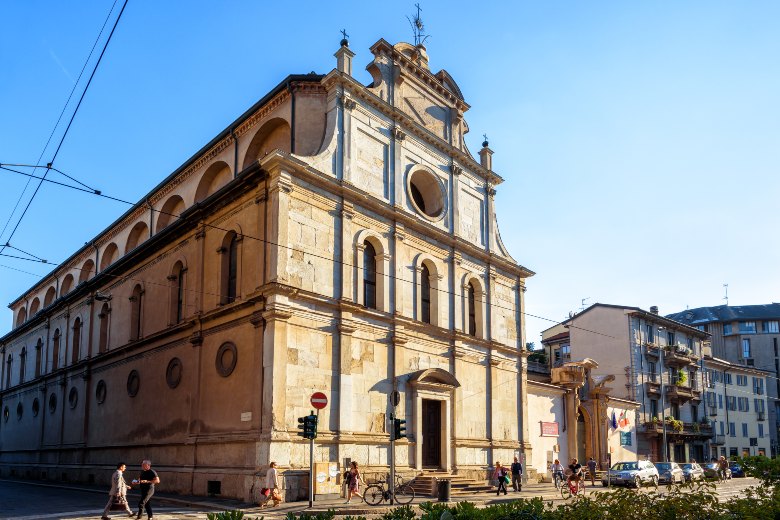
With a focus on ancient Milan’s history, the museum is truly insightful and provides a glimpse of the past. The first part of the museum is located in the Church of Saint Maurizio al Monastero Maggiore, while the second part is located in the basement and contains artwork and sculpture.
A wide variety of archaeological remains, theatrical masks, pottery, and armor are included in the extensive collection. There are many ages of Milan represented in this fascinating museum, including the Middle Ages, Etruscan influences, and ancient Greek influences.
Piazza del Duomo
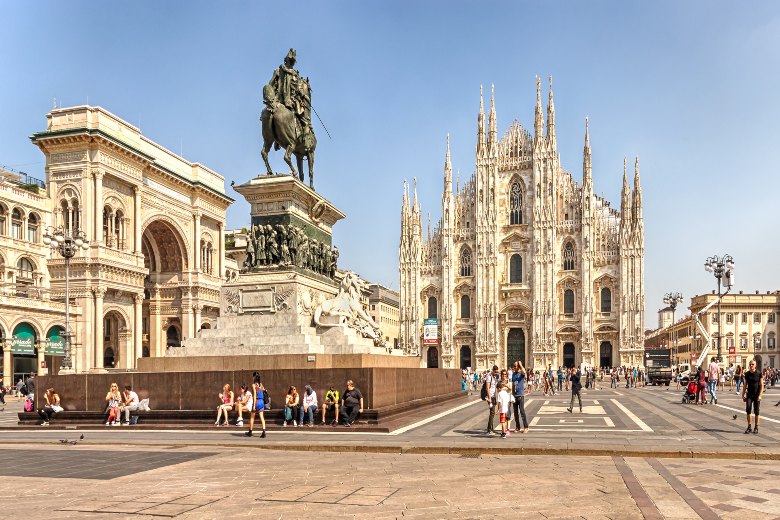
An enormous open public space with impressive architecture and sculptures, Piazza del Duomo is central to Milan. Milan’s Duomo and surrounding buildings should be your starting point if you are visiting.
An impressive Royal Palace rests to one side of the square, and a statue of Vittorio Emmanuel stands in the center.
In addition, there are many high-end shops, restaurants, and bars to visit – whether you fancy shopping or enjoying a coffee while watching locals and tourists go about their daily routine.
La Scala Opera
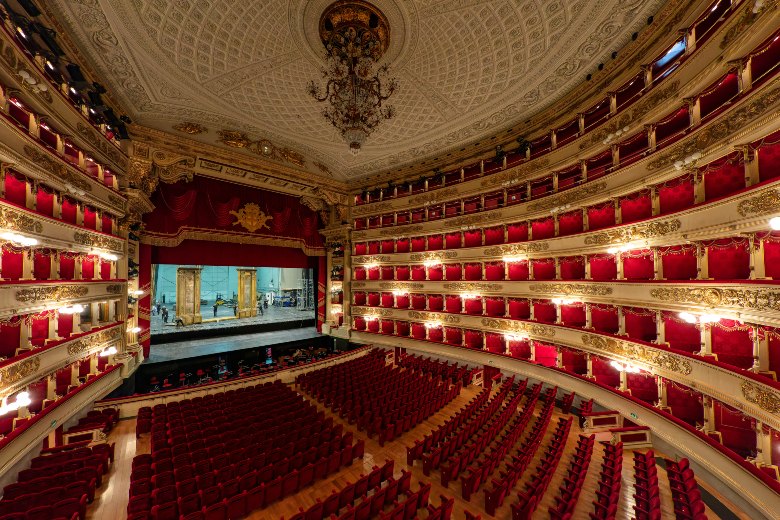
Scala Opera is one of the most famous buildings in the world because it has hosted so many great artists over the years. The Opera house, renowned for its acoustic qualities and opulence, situated north of the Duomo and east of Castello Sforzesco, is one of the best in the world.
A spectacular ambiance is found inside the main auditorium – six tiers of seating surround the stage in a semicircle, and red velvet drapes and gold furniture surround the entire space.
You can take guided tours of the Opera House, or purchase tickets to see a performance.
AC Milan San Siro Stadium
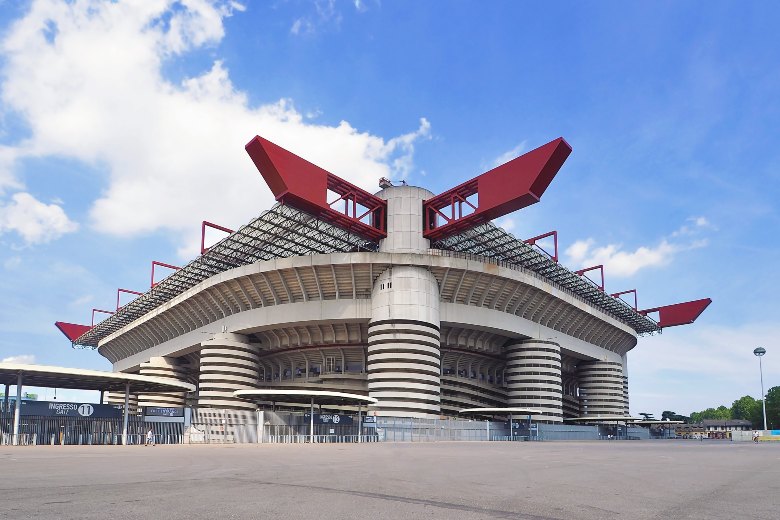
The San Siro has stood as one of the premier Italian sporting venues since 1926, possibly being one of the world’s most recognized stadiums.
During World Cup 34 and World Cup 90, it was one of the most important stadiums in Europe with a capacity of just over 80,000. The colossal tiers of the stadium are topped up by circular towers, and the stadium’s huge roof partially covers the ground.
There is an unbelievable atmosphere at both AC Milan and Inter Milan’s home games at this impressive stadium. For an overview of both of these celebrated Italian clubs’ histories, visit their joint museum.
Parco Sempione
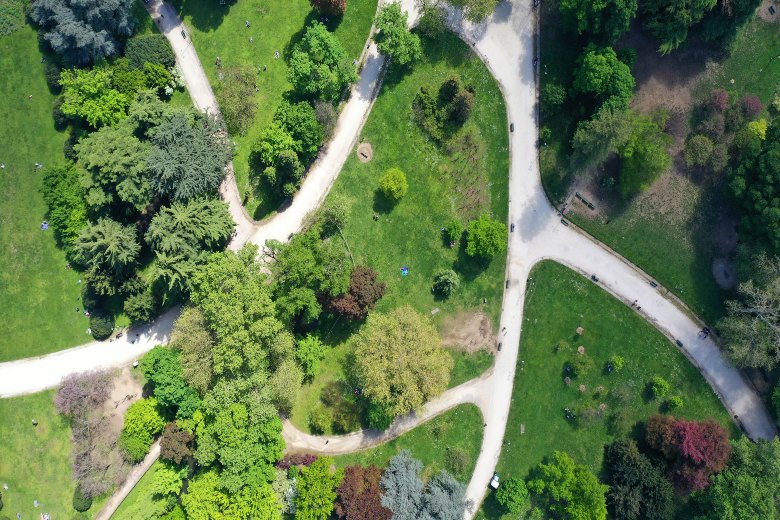
Located behind the Sforzesco Castle, Paro Sempione is one of Milan’s premier parks. This 95-acre park is home to the amazing arch of peace, which was built in 1888. As well as numerous sculptures and ornate fountains, this lovely place features numerous footpaths, bike trails, and wooded areas.
It also offers a museum and a panoramic view of the city from the Torre Branca, a huge watchtower. The Parco Sempione is the perfect place to relax from the hustle and bustle of the city.
Brera District
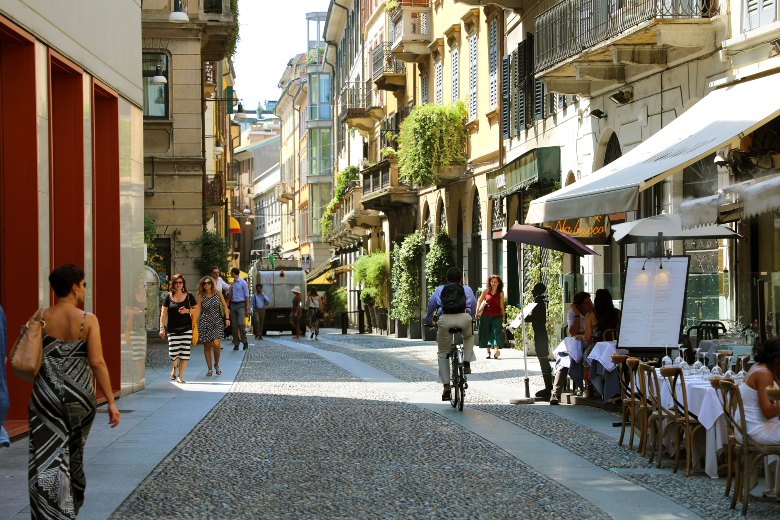
In between Borgonuovo and Broletto, this charming district can be found north of the Duomo. Art academies, galleries, restaurants, and bars flourish in this bohemian district. This city has a great atmosphere, where you can enjoy fine meals, go out for a drink, shop high-end, or simply stroll along cobbled streets.
Walk the Naviglio Grande
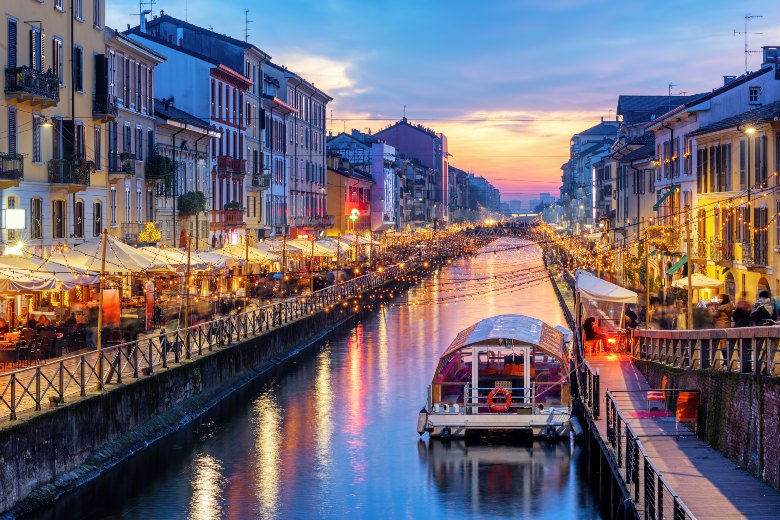
One of the two canals in Milan is the Naviglio Grande, which runs approximately 50km west of the Ticino river from the Porta Ticinese. In 1177, the canal was constructed and expanded over the years until it became the current one.
There are a lot of shops and restaurants along the canal in the city center, making it a fantastic place to walk. Enjoy a stroll down a section of the waterway and discover a part of Milan that is rarely seen or mentioned in tourist guides.
Basilica di San Lorenzo
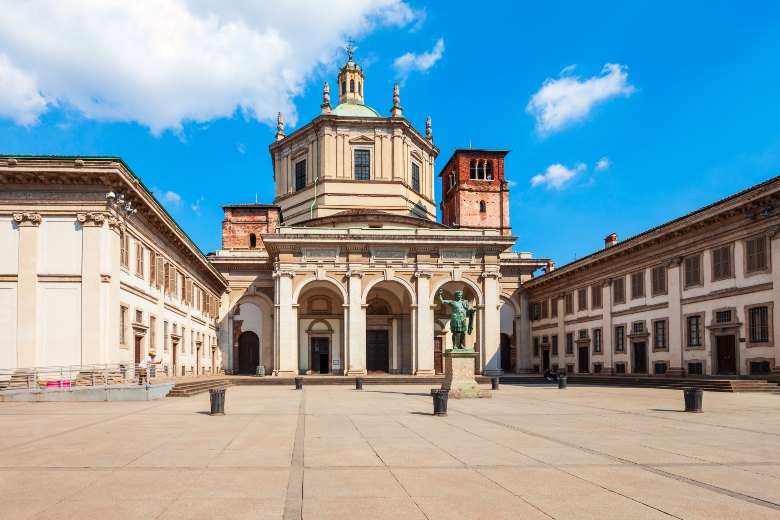
Located in the southwestern part of central Milan, the Basilica of San Lorenzo is one of the most important religious buildings in Milan. Since 402, the Basilica has stood in some capacity in Milan as one of the oldest churches. An Emperor Maximianus statue stands in the courtyard of the main entrance, flanked by colonnades.
The interior speaks of extreme age, and the coloration is quite somber; however, there is a really beautiful high altar and the chapel of Saint Aquilino, with gorgeous mosaics and ceiling artwork.
Torre Branca
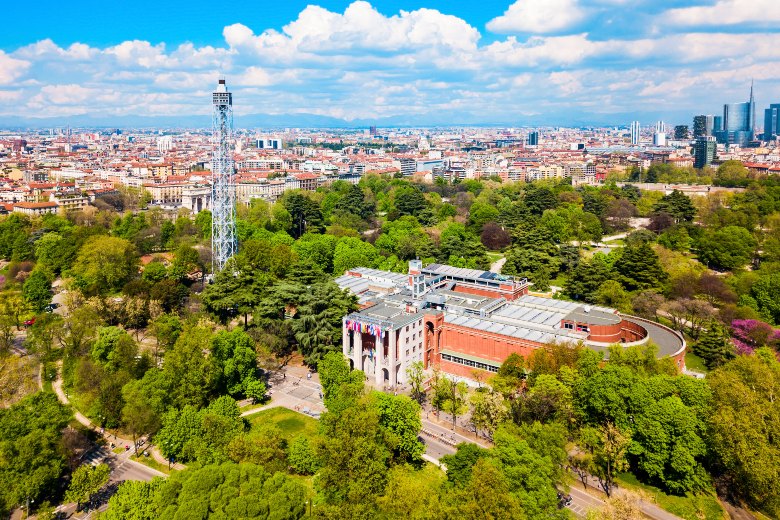
An observation tower 108.6m high, the Torre Branca is located within the Parco Sempione. Originally called the Torre Littoria, the tower was designed by Gio Ponti and constructed in 1933. This tower has been open to the public since it closed for refurbishment during the 1970s.
On top of this incredible structure, you will be able to see for miles and have unparalleled views of Milan – From here, you will be able to get a panoramic view of the whole city.
When the skies are clear, you can see the Apennines and the Alps, as well as the sprawling city in front of you.


